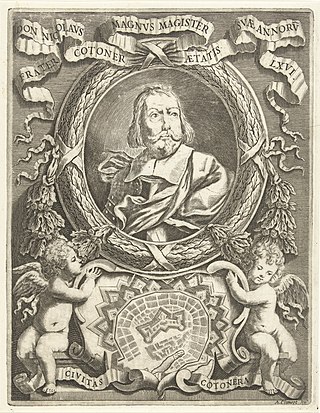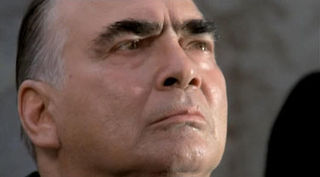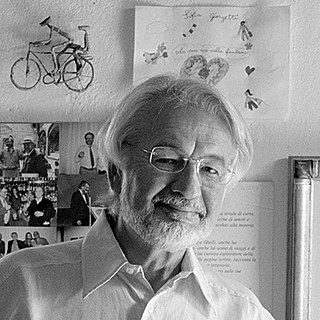
Fra' Nicolás Cotoner y de Oleza was a knight of Crown of Aragon who served as the 61st Prince and Grand Master of the Order of Malta, between 1663 and 1680. He was the son of Marc Antoni Cotoner i de Santmartí and a younger brother of the previous Grandmaster, Rafael Cotoner.

Don Antonio de' Medici was the only son of Francesco I de' Medici, Grand Duke of Tuscany and his mistress Bianca Cappello. He was a minor figure at the Grand Ducal Medici court.
Don Carlos Luis Ruspoli y Álvarez de Toledo, de Godoy y Silva-Bazán, dei Principi Ruspoli was a Spanish aristocrat, son of Adolfo Ruspoli y Godoy, 2nd Duke of Alcudia, and wife Dona Rosalia Álvarez de Toledo y Silva-Bazán, de Palafox-Portocarrero y Téllez-Girón.

Nino Vingelli was an Italian film actor. He appeared in more than 200 films between 1941 and 2000.

Sardinian nationalism or also Sardism is a social, cultural and political movement in Sardinia calling for the self-determination of the Sardinian people in a context of national devolution, further autonomy in Italy, or even outright independence from the latter. It also promotes the protection of the island's environment and the preservation of its cultural heritage.
Renzo Picasso (1880–1975) was an Italian architect, engineer, and urban planner and designer.
Maurizio Trifone is an Italian linguist and lexicographer.
The office of Captain General of Catalonia was created in 1713 by the Nueva Planta decrees of King Philip V of Spain to replace that of Viceroy of Catalonia.

Giuliano Ghelli was an Italian painter who produced several series of works, each rooted in the practice of drawing. An autodidact, Ghelli's early influences were informalism and geometric abstraction, from which he developed a cartoon-like style of figuration inspired by pop art and Surrealism. Ghelli was said to draw on affect over intellect, working personal interests and relations, and, later, dreams into his pictures; the Italian word racconto often appears in the artist's titles.

Nicolás Cotoner y Cotoner, 23rd Marquess of Mondéjar, 24th Count of Tendilla, 7th Marquess of Ariany, GE, was a Spanish nobleman and military officer, head of the Royal Household of Spain under Juan Carlos I, from 1975 to 1990.

Vitangelo Bisceglia was an Italian botanist, agronomist and professor. He taught inside the University of Altamura. Because of his being a polymath, he's been described as "an encyclopedic spirit, the honor of the Muses".

Fernando Cotoner y Chacón (1817-1888), 1st marqués de la Cenia, Lieutenant at the Carlist Wars, Governor of Puerto Rico, interim Minister of War and Director general of the Civil Guard.Captain General of the Balearic Islands. Senator for life for the Balearic Islands.
Marcos Antonio Cotoner y Sureda (1665–1749), was a Spanish noble, politician and military. 1st marquess de Ariany and I Regidor of Palma de Mallorca following the Nueva Planta decrees issued by Philip V of Spain.

Bernado Luis Cotoner y Ballester, son of Antonio Cotoner y Vallobar in his second marriage, dedicated his life to the study of law, and at the University of Avignon received his Tassels both in Canon law and Roman Law.
Cotoner is a surname. Notable people with the surname include:
Marcello Sparzo was an Italian sculptor of the 17th century, renowned particularly as a master plasterer.

Erina Castriota, also known as Irina Castriota, was an Albanian princess from the House of Kastrioti. She was the 3rd Duchess of San Pietro in Galatina, 3rd Countess of Soleto and Princess of Bisignano.












